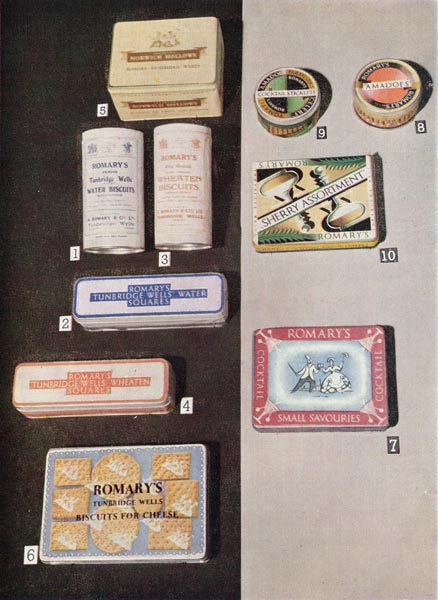Boulestin’s layered salmon terrine from Robin McDouall via Clubland Cooking.
Even though it requires but nine simple ingredients, this is one of the more complicated recipes in Clubland Cooking , which makes a sort of bipartite sense. The recipe belongs to the great Marcel Boulestin instead of McDouall himself and so is not really a child of Clubland. Layering salmon with salmon forcemeat represents a minor masterstroke. It gives the terrine a nuanced texture and delicate flavor. Notwithstanding Boulestin’s French background--he spent most of his life in London--the Sherry and spicing are prototypically British. At least four robust servings.
- 2/3 lb salmon cut into “fit-sized pieces” ( see the Notes)
- a bayleaf
- a coarsely chopped shallot
 about a cup of Amontillado Sherry ( but see the Notes)
about a cup of Amontillado Sherry ( but see the Notes)- 1 cup breadcrumbs
- enough milk to moisten the breadcrumbs
- another 1/3 lb salmon
- ¼ lb unsalted butter
- 2 or 3 egg yolks
- about ¼ teaspoon cayenne
- pinch of mace
- salt & pepper
- Marinate the first tranche of salmon with the bay, shallot and wine for a few hours.
- Fish the bay and shallot out of the marinade and toss them, then separate the salmon from its bath.
Preheat the oven to 300˚.
- Moisten the breadcrumbs and mash the second tranche of salmon with them, then stir mash the butter, yolks, cayenne and mace into the mix “to make a kind of forcemeat.”
- Check the forcemeat for seasoning, then butter a lidded terrine if you have one or ramekin if you do not.
- Alternate layers starting with a stripe of the forcemeat and ending with a stripe of salmon.
- Gently pour some of the Sherry into the terrine: You do not want to wreck the stratified structure below. You may not need all of it to moisten the terrine; it should, of course, not get soupy.
- Put its lid on the terrine or, if you do not have one, cover the ramekin with foil.
- “If you are very conscientious, seal it with a flour-and-water paste” (extremely eighteenth century of you if you do).
- Bake the terrine in a bain marie at 300 ˚ for about an hour.
Notes:
-The description of ‘fit-sized’ salmon pieces is not excessively helpful. We suggest uneven shapes of a little over half an inch square, to leave room for the Sherry, give the terrine a marbled appearance and facilitate fishing the shallot out of the fish…
-… which, if you like a sharper terrine, you need not do. By all means do away with the bay after marinating the fish though.
-Nothing at all wrong with a Fino Sherry if you like something beyond bone dry but we would advise against anything sweeter than our recommended Amontillado.
You could substitute a big firm fish like halibut for the salmon chunks but by all means keep the pink -fish for the forcemeat. That makes for a pretty colorated terrine.
-Boulestin does nearly the reverse in his original recipe, which he calls in the index to its book alternatively a terrine and the more traditionally British ‘potted’ salmon. He makes the forcemeat of “say two whitings and a slice of cod for our quantity of salmon.” In other words, his ratio of forcemeat to salmon per se is a little higher instead of lower as in McDouall’s version.
-McDouall does not say so but his recipe is derived from one in The Finer Cooking (2 vol.s; London 1937, reprinted New York 1967) The recipe appears in each volume as number 80 in each volume, at pages 53-54 in the first volume and second pagination of the second. The same recipe also appears, appropriately enough, verbatim in The Best of Boulestin (Salisbury CT 1952) . Pages 80-81. The Best was edited by the irresistibly named Elvia and Maurice Firuski and includes an admiring biography of Boulestin in the guise of an introduction. Worth seeking out.
-In common with McDouall, Boulestin can be a minimalist to the point of unintended comedy. A recipe in full:
“WELSH RAREBIT. Prepare a Welsh Rarebit in the ordinary way, spread it over Water Biscuits and brown quickly under the grill.”
From Boulestin, Romary’s Party Book (Tunbridge Wells n.d. but probably 1935) 23
-A. Romary & Coy Ltd was an English biscuit baker “All Romary tins,” its Party Book properly
points out, “look charming on the table.”

Charming Romary tins.
An Appreciation of Boulestin appears in the lyrical.

